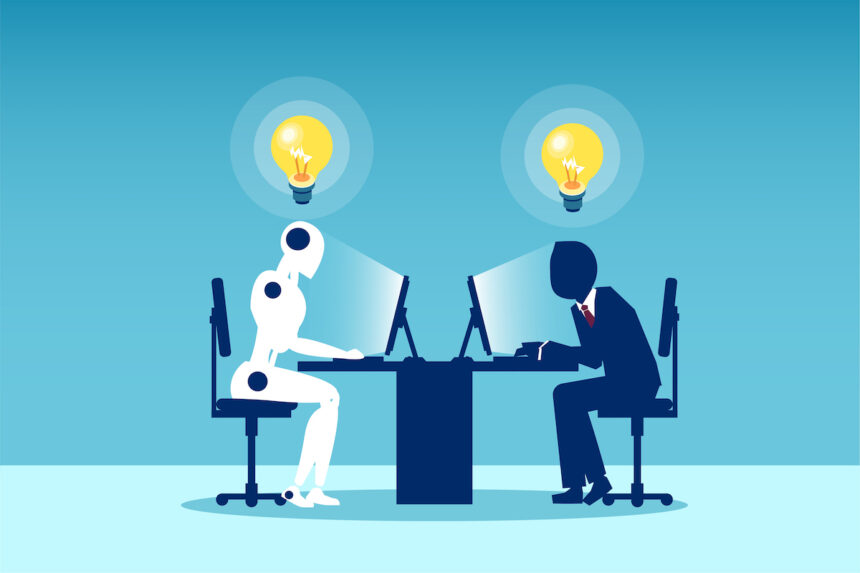The year 2023 has undeniably witnessed a groundbreaking surge in artificial intelligence, notably marked by the fervent competition among technology titans and emerging startups to introduce their cutting-edge generative AI chatbots. From industry giants like Google, Microsoft, Snap, and Meta, to nimble startups, a plethora of AI-powered assistants have emerged, reshaping the landscape of human-machine interaction. In this article, we will delve deeply into the intricacies of the most prominent AI chatbots that have earned a place on the coveted ‘best AI chatbots of 2023‘ list.
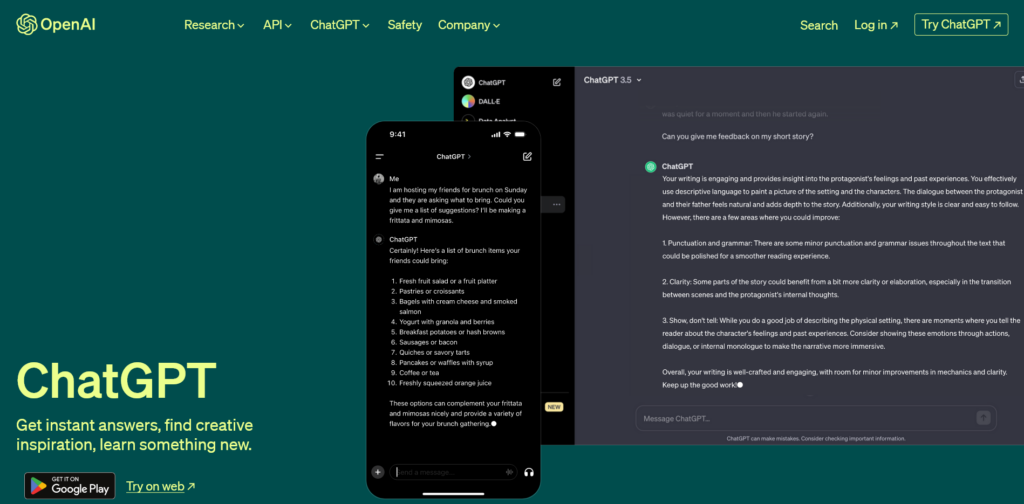
ChatGPT by OpenAI
OpenAI’s ChatGPT stands as a paragon in the realm of generative AI chatbots, anchored by the robust Generative Pre-trained Transformer (GPT) architecture. Its capabilities span a broad spectrum, from adeptly answering nuanced questions to undertaking specific tasks such as coding, offering recipe suggestions, and even crafting essays, stories, and poems. The GPT-based training endows ChatGPT with a remarkable ability to adapt to users over prolonged interactions. However, it is important to note that its knowledge base extends only up to January 2022, limiting its responsiveness to post-cutoff events.
In practical testing, ChatGPT demonstrated proficiency in text-generation tasks and general factual inquiries. Yet, it exhibited occasional instances of AI hallucinations, offering misleading or incorrect information, particularly in response to nuanced questions.
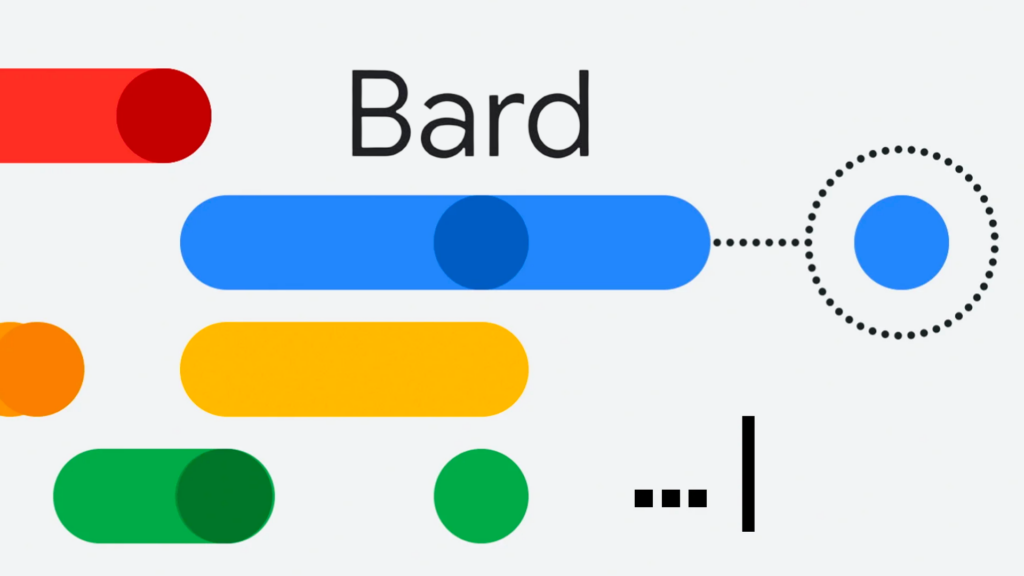
Google Bard
Google Bard, fueled by Google’s Language Model for Dialogue Applications (LaMDA), emerges as a dynamic conversational agent available in 46 languages across 238 countries. Unlike ChatGPT, Bard operates with real-time internet connectivity, facilitating up-to-the-minute information retrieval. It distinguishes itself by providing multiple responses to user queries, enhancing user engagement and understanding. Furthermore, Bard’s contextual response generation and incorporation of images contribute to a richer interactive experience.
During the evaluation, Bard excelled in delivering the latest information on current affairs. However, it revealed a susceptibility to inaccuracies, as observed in responses to specific queries, raising questions about the reliability of its information-gathering mechanisms.
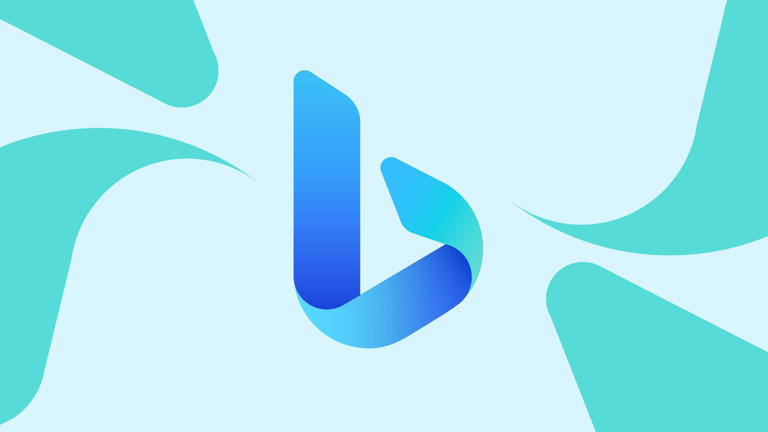
Bing AI
Developed by Microsoft, Bing AI represents a significant contribution to conversational AI, existing within the Bing search engine and app ecosystem. As a Large Language Model (LLM), Bing AI accommodates a range of user queries, generating text and aiding in diverse tasks such as appointment bookings and online shopping. The chatbot’s strength lies in its provision of concise, search-result-based responses, minimizing inaccuracies.
Upon examination, Bing AI proved to be a helpful tool for various queries and tasks, maintaining a focus on search-result-based responses. However, similar to its counterparts, it is not immune to occasional hallucinations, with responses leaning towards generality.
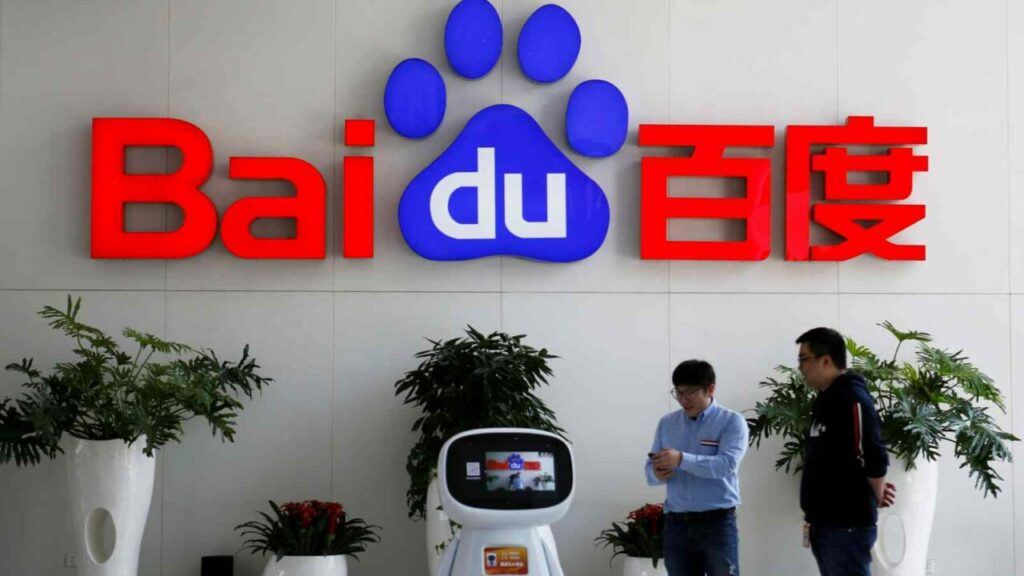
Ernie Bot
Hailing from the Chinese tech giant Baidu, Ernie Bot, standing for Enhanced Representation through Knowledge Integration, represents China’s response to OpenAI’s ChatGPT. Built on Baidu’s in-house Large Language Model (LLM) Ernie 3.0-Titan and Pre-trained Dialogue Generation Model (PLATO), Ernie boasts multi-modal capabilities, enabling users to engage with the AI through both text and images.
While not directly tested, reports indicate that Ernie functions like ChatGPT, offering responses in a formal tone and presenting information in bulleted formats. Its image generation capabilities reportedly surpass the initial iteration of DALL E, though not reaching the heights of subsequent models.
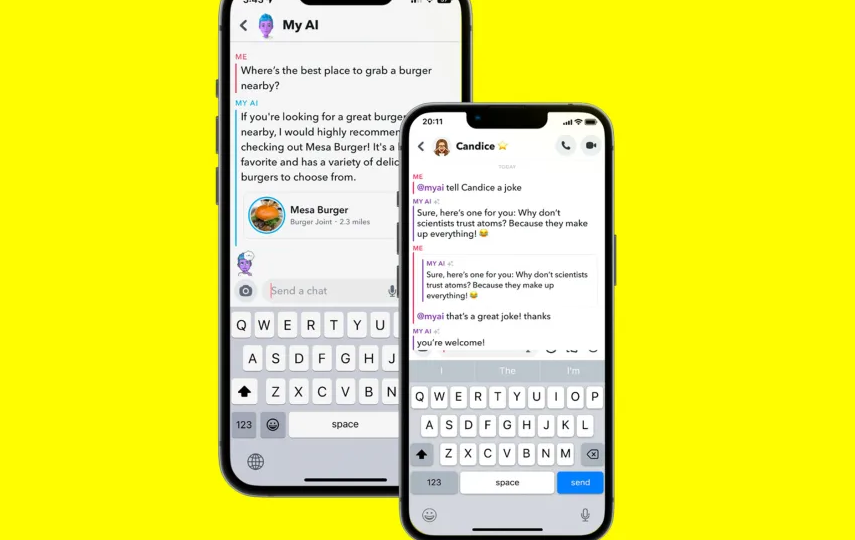
My AI on Snapchat
Embedded within the Snapchat social media app, My AI harnesses OpenAI’s ChatGPT technology tailored for a unique chatbot experience. Operating as a specific-use-case assistant, My AI adopts a friendly tone suitable for user interaction and can be integrated into group chats. It provides recommendations and answers trivia questions, offering a distinctive experience.
In practical usage, My AI proved to be effective within its defined use cases. However, caution is warranted, as instances of misinformation were observed, necessitating users to approach it more as an entertainment feature than a reliable source of factual information.

The AI landscape of 2023 showcases a rich tapestry of generative AI chatbots, each bringing its strengths and limitations to the forefront. From the pioneering ChatGPT to the real-time dynamism of Google Bard, the versatility of Bing AI, the multi-modal capabilities of Ernie Bot, and the social interaction twist of My AI on Snapchat, these AI-powered assistants represent the forefront of human-AI collaboration. As users navigate the evolving landscape, an understanding of the distinctive features and potential pitfalls of each chatbot becomes paramount, setting the stage for an exciting future where AI continues to redefine human-machine interaction.


